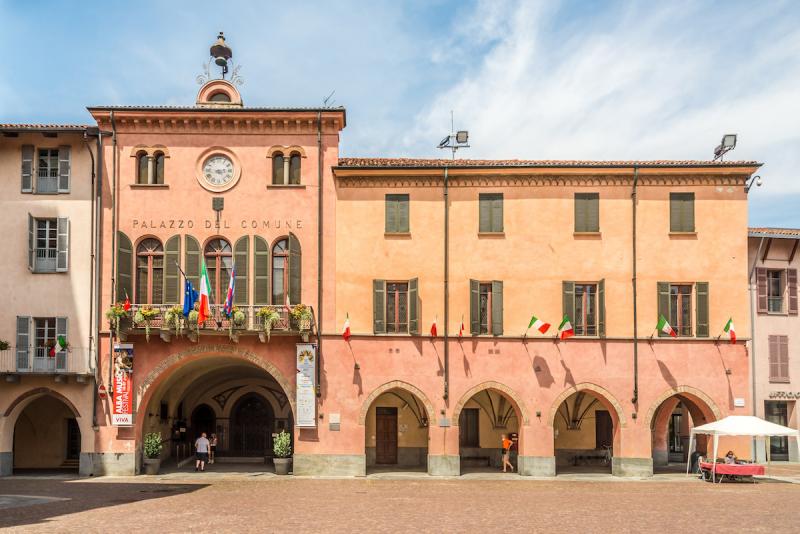Italy has the highest number of last names in Europe: 350,000. This is due to the country’s history of linguistic fragmentation. Some last names extend throughout the country, others are only typical of a region or area.
We tend to take last names for granted, because we all have one. In reality, the use of surnames in Italy is the result of a thousand-year-old complex process. The way they formed and spread reflects the country’s history, from the development of Lordships in the Middle Ages to the migrations of the 20th century.
The origins of last names can be traced back to ancient Rome, which used a three-name system: a praenomen, the individual name; a nomen, which identified the group of families with common origins (or gens); and the cognomen, or nickname.
This three-element nominal system disappeared with the fall of the Roman Empire, and, in the early Middle Ages, a single name was the norm.
The use of a second name to recognize and distinguish people within a community reappeared in the late Middle Ages and took a long time to become established, from the 12th to the 16th century, with differences throughout Europe. In this phase, surnames and nicknames overlapped: to identify people, an added name was used that could refer to one of their characteristics, such as their occupation, place of origin, social status or simply the name of the parents. Just think of the name of the most famous Italian: Leonardo da Vinci (Leonardo from Vinci). To be precise, his original name was Leonardo di ser Piero da Vinci, Leonardo son of Piero from Vinci. Another example is Tintoretto, one of the most important Venetian painters of the Renaissance. Born Jacopo Robusti, he was nicknamed Tintoretto because of his father's profession, dyer of silk fabrics.
Over time, family names were inherited and took on greater importance for public purposes than the personal name.
So, what is Italy’s most common last name? This is easy to guess for an Italian: we all know it is Rossi.
The second most common Italian last name is Russo, typical of southern Italy (it could be a variation of Rossi). Then we have Ferrari, Esposito (typical of the region of Campania), Bianchi, widespread in north-central Italy; Romano, found both in the north and in the south; Colombo, particularly common in Lombardy; Ricci, Marino and Greco close the ranking of the 10 most common Italian last names.
Many of the most common Italian surnames derive from the names of countries, places or areas of origin; this is the case for such last names as Greco, Tedesco, Abruzzo, Romano and Tarantino.
Or they may derive from a profession, position or title. Examples include Fabbri, Barbieri, Ferrari. They can originate from the names of the parents, such as Di Martino, Di Pietro, De Maria, or from a physical characteristic of the forefather, then passed on to the heirs. This seems to be the case for the most common last names in Italy: Rossi and Russo, whose meaning is believed to be related to the color of the hair or beard of the forefather of the families to which it was attributed (rosso, meaning red).
But our favorite Italian last names may very well be the so-called ‘kilometric surnames’: Abbracciavento, Ammazzalamorte, Boccadifuoco, Buoncristiani, Castrogiovanni, Giuratrabocchetti, Passacantando... They're so fun even just to pronounce!









